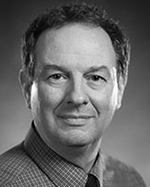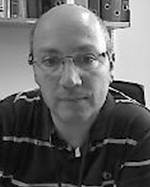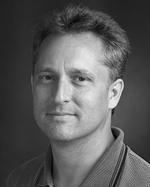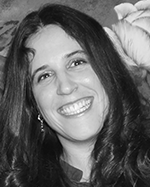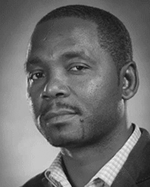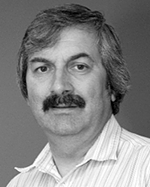 |
Microseismicity |
Question: How can we unravel the links between induced microseismicity and the stress field?
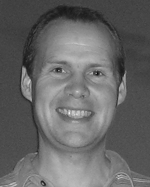
Volker Oye, PhD
NORSAR
Dr. Volker Oye graduated Goethe University Frankfurt, Germany in 2000 (Diploma thesis on true amplitude migration) and made a PhD at University of Oslo and NORSAR in 2004 on Observation and Analysis of Microearthquakes. In the following years Oye worked on induced and triggered microseismicity in various environments such as mines, hydrocarbon reservoirs, geothermal reservoirs, CO2 storage and also on lab-scale acoustic emissions. Since 2013 Oye is head of the Department on “Earthquakes and the Environment” at NORSAR.
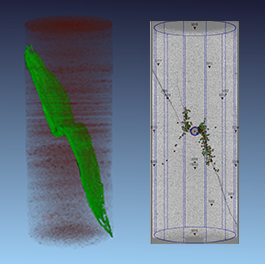
|
Hypothesis Statement: Small, critically stressed fractures that are distributed in clusters with variable orientation are triggered to slip as a response to small changes in the in-situ stress field, associated with minor increases in pore pressure.
This research theme will cover many aspects of processing, interpreting, and understanding the relation between microseismic waveform data and anisotropy changes of the in-situ rock conditions. In addition, this research will compare field-scale observations of induced seismicity with acoustic emission (AE) data from laboratory experiments. Because laboratory experiments use fully characterized rocks samples and rigorous control on perturbations, e.g., the applied stress field, it will work with both waveform data from AEs and field-scale observations of microseismic events. Rock samples will be cut and prepared in the laboratory to mimic a fracture zone at in-situ stress and pressure conditions. By injecting fluids at low pressures, the artificial fracture will be tested for slippage and AEs. Computational experiments will be conducted to understand the effect of pressure propagation at the continuum scale to cause microseismicity in small clusters as a consequence of very low pore pressure increases.
This research question directly aims at an improved understanding of the mechanism of injection-induced microseismicity. By comparing field-scale measurements of microseismic events with laboratory experiments on real rocks, this research will vary in-situ rock conditions (e.g., stress field and pressure changes) in real and simulated geologic settings to derive relations for stress- and pressure-induced triggering
of field-scale microseismicity.
